Say Goodbye to Pond Gunk: 9 Pro-Approved Ways to Remove Algae for Good
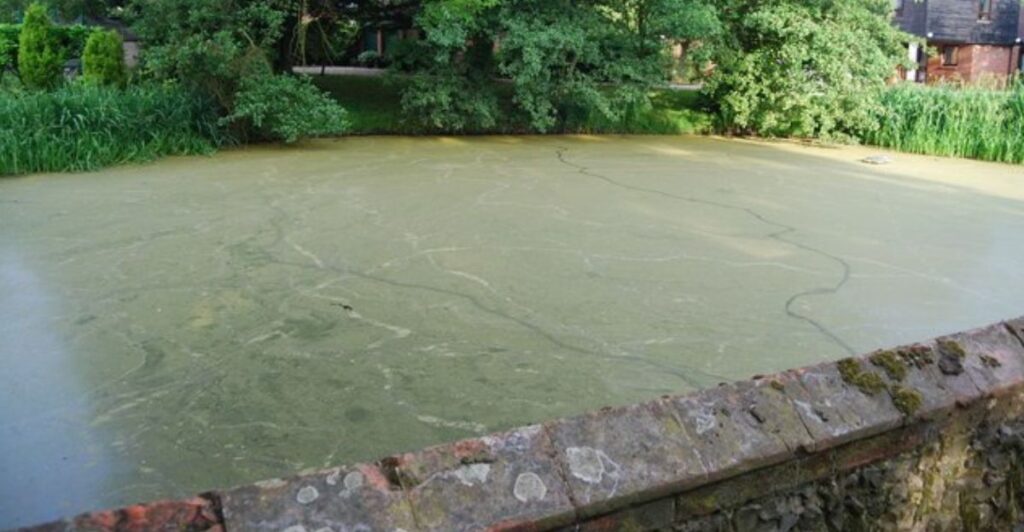
Ponds have become an increasingly popular fixture among property owners, but algae can quickly turn these beautiful water features into a murky mess. There are a variety of ways to deal with algae, but in many cases, harmful chemicals are used.
Thankfully, there are a variety of more unconventional and eco-friendly ways of quickly dispatching algae without killing the other life that adds value to your pond. From ancient agricultural wisdom to using cutting-edge technology, these methods offer alternative and lasting results.
Bioaugmentation

Algae that overpopulate your pond can quickly spell doom for the clear waters and the other organisms that call it home. In the past, harsh chemicals were used to kill off algae, but they often killed everything else. Recently, targeted bioaugmentation has been a way of dealing with the algae without harming anything else.
This process involves introducing beneficial bacteria that outcompete the algae, eventually killing it off. You can even get bioaugmentation that is specifically tailored to your pond’s specific needs.
Floating Wetlands
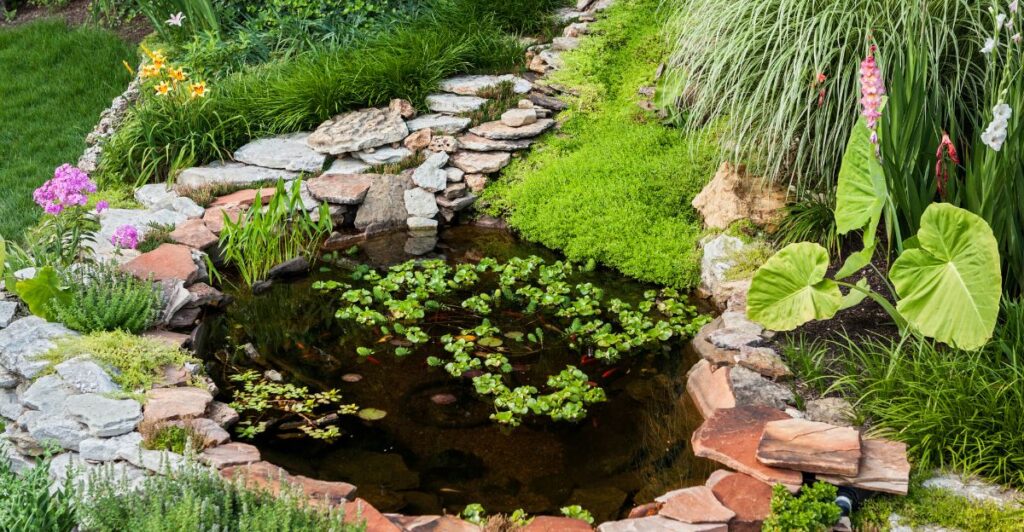
While your pond might be full of algae, you might wonder how it doesn’t overpopulate like this in natural bodies of water. Well, the introduction of plants into your pond will act as natural biofilters, removing phosphates and nitrates from the water. This method will get rid of excessive algae and boost the biodiversity of your pond.
You can create a floating wetlands from attaching plants to rafts that will absorb all of the excess nutrients from you pond that feed algae and allow them to overpopulate. This method is inspired by ancient Aztec chinampas, which are low maintenance and keep your pond thriving.
Barley Straw
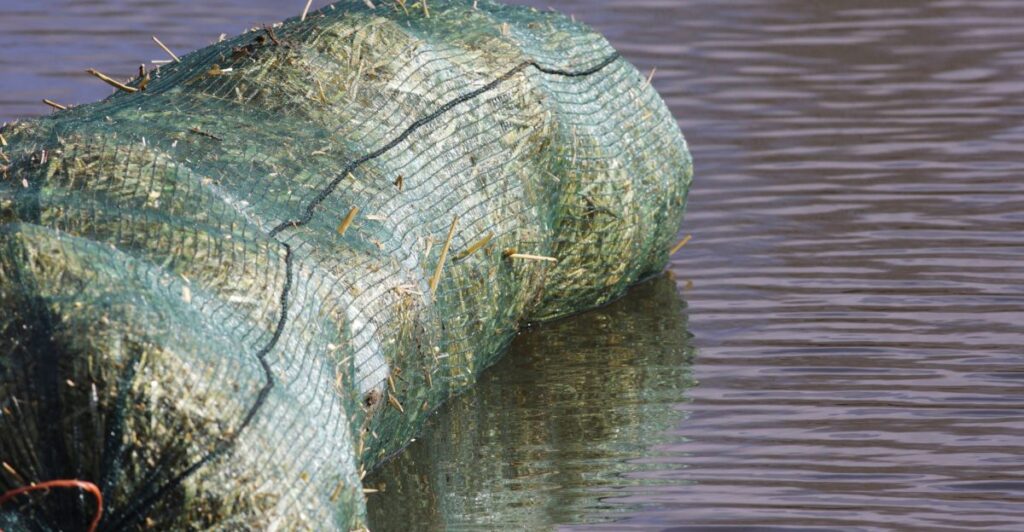
Historically, barley straw has been used as a way to control algae. This century-old technique works by releasing natural peroxides as the barley decomposes, which stops algae growth without harming other species inside your pond. Many people have used barely straw forever, and it can be applied in a variety of different ways.
You can use mini bales, pellets, or liquid extracts in the perfect dosage for your pond needs. This method works best when applied early on in spring, which prevents blooms before they can start. It’s an eco-friendly alternative to using toxic chemicals.
UV Clarifiers
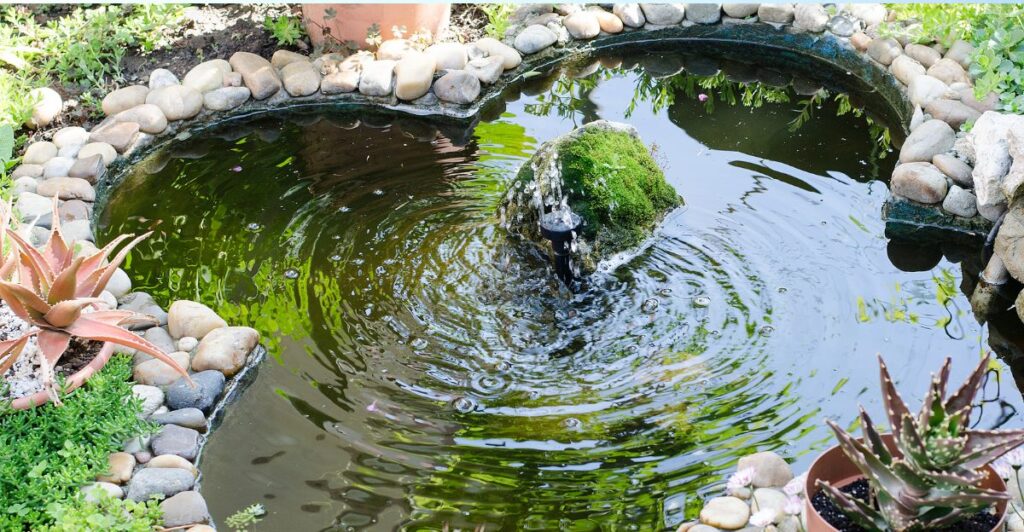
Ultraviolet light can be used to effectively kill pathogens, and it has historically been used in hospital sterilization. The technology has now expanded to control algae. UV clarifiers expose pond water to UV-C light, which is strong enough to kill floating algae cells and stop them from breeding out of control.
UV clarifiers don’t introduce anything into the water like many algaecides do, which means it’s safe for the fish and plants that you want to keep in your pond. This method works particularly well for green water caused by microscopic algae. This “high-tech” innovation shows a great alternative to using chemicals.
Gourmet Grazers

If algae are taking over your pond, there’s a natural way to get rid of them that many people don’t consider. Instead of putting ordinary fish in your pond, why not go for species that are specialized in preying on algae?
Some carp species, tilapia, and even freshwater prawns can migrate into a pond full of algae, and they will quickly control the population. This provides a food source for these species while getting rid of your algae problem. This is an aquaponics-inspired approach, which is a win-win for eco-minded pond owners.
Precision Aeration
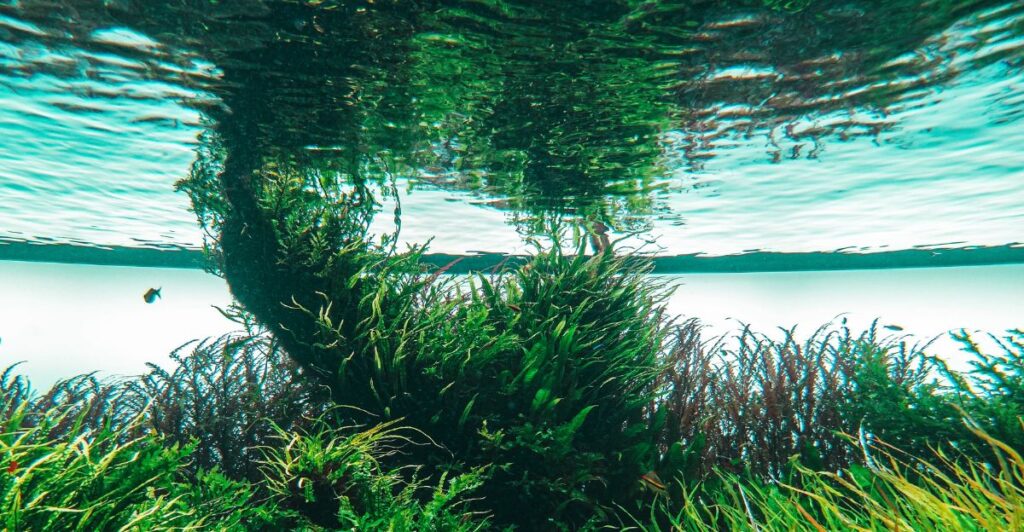
Low aeration is one of the key factors that lets algae survive and thrive. While good aeration is generally better for fish species. You can optimize the oxygen levels in your pond by targetting stagnant zones. These zones will be where most algae thrive and will also speed up the breakdown or organic matter.
This will create a healthier pond for other species while ensuring that it is inhabitable for large populations of algae. This balanced ecosystem will naturally resist algae and stop it from coming back over time, leaving your pond crystal clear with a thriving environment for other species.
Designer Shade
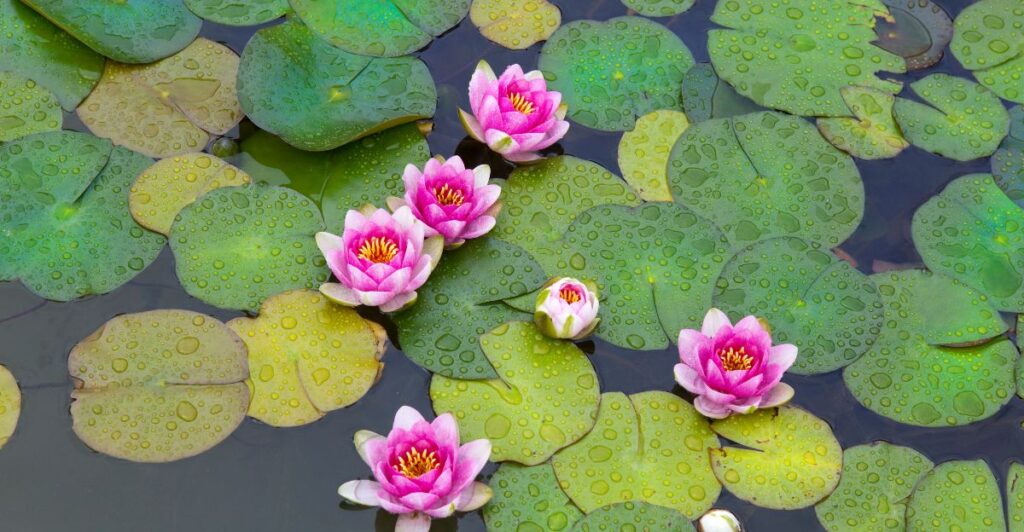
One of the most important components in algae survival is energy that they get from the sun. Floating lilies could help to block out spots where algae thrive, cutting off their source of energy. Some pond owners go a step further and install custom shade sails to block out targetted areas.
These right structures can be aesthetically pleasing and suit the general feel of your pond. Floating solar panels can even be installed to create renewable energy and power pumps while keeping the algae population low. This method requires no biological or chemical intervention, which means it won’t impact the natural habitat of your pond.
Smart Nutrient Management
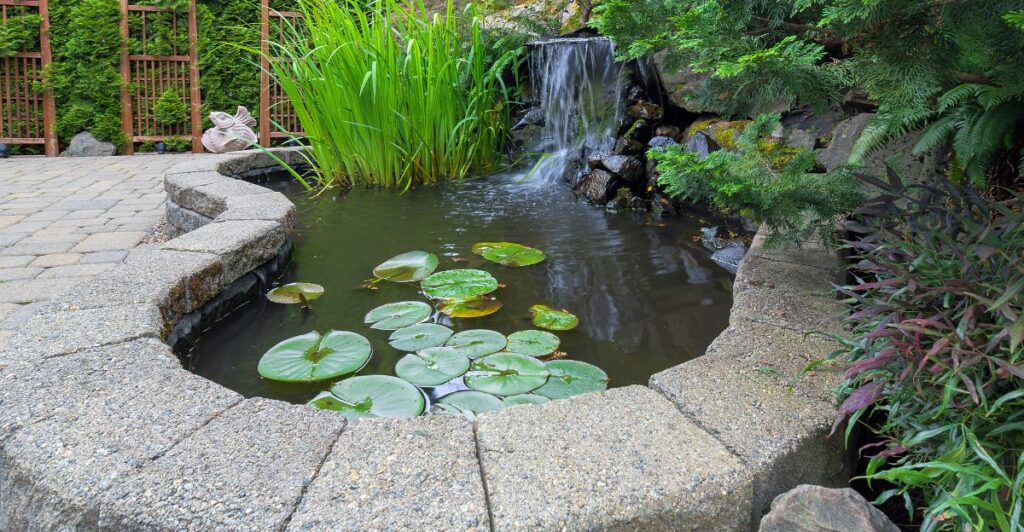
Historically, some of the only ways to ensure that the nutrient levels in your pond were to reduce excess fish food present in the water and clean it regularly. Thankfully, the modern era brings modern solutions to these problems, and many pond owners are now using water testing kits coupled with digital sensors that monitor the nutrient levels in real-time.
This approach allows for quick intervention if the levels are too high or too low, allowing for an environment that lets your fish thrive and algae stay low. If sensors warn that algae will become a problem, you can simply adjust feeding schedules.
Pond “Fasting”
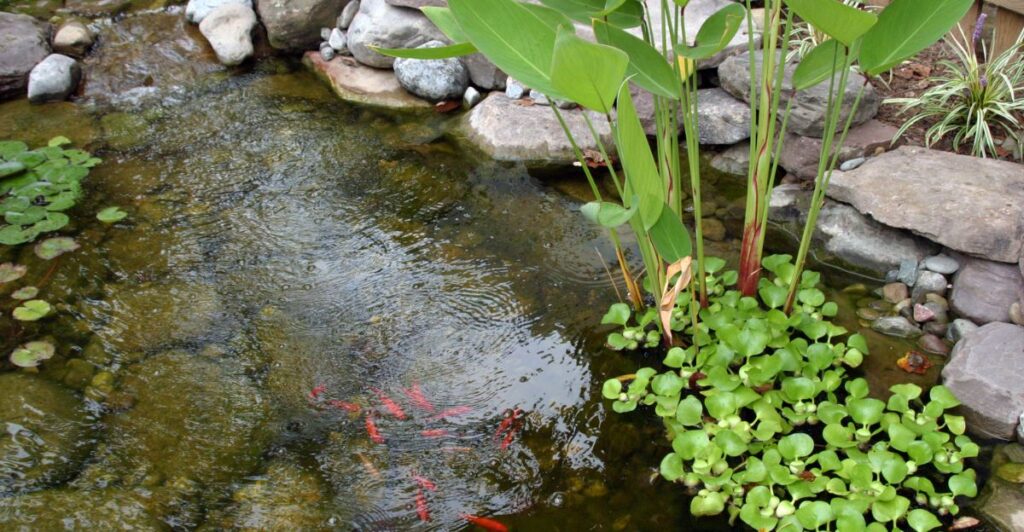
One method challenges the belief that ponds should always be filled. Some pond owners swear by the pond “fasting.” This method involves partially draining your pond and temporarily lowering the water levels to expose algae and sludge to the air.
This exposure will lead to algae dying off, and then manual removal can take place. This technique can help reset the pond’s ecological balance when an algae outbreak is out of control and difficult to deal with otherwise.
Sources:

